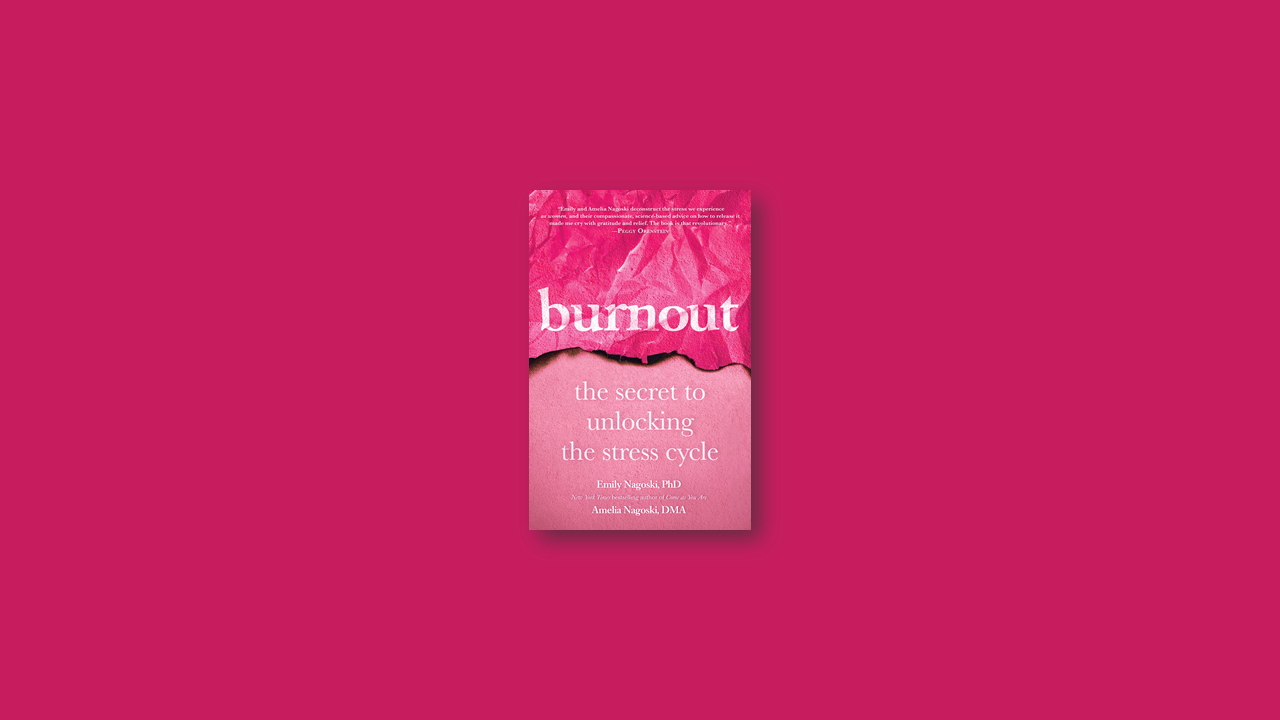Kindle | Hardcover | Audiobook
Stress? Or Do you mean a stressor?
Stressors are situations that are experienced as a perceived threat to one’s well-being or position in life, especially if the challenge of dealing with it exceeds a person’s perceived available resources.

When one encounters stressors, the body’s stress response is triggered, and a series of physiological changes take place to allow the person to fight or run. If this sounds like stress, it’s because sometimes when people talk about ‘stress’ in their life, they are really talking about stressors; stressors lead to the body’s stress response and the experience of stress. The important thing to remember, basically, is that stressors are the cause of stress.
#1 Don’t forget the stress itself.
Just because you’ve dealt with the stressor doesn’t mean you’ve dealt with the stress. If you don’t deal with the root cause, the stress will slowly kill you.
To combat stress, what works well in almost any case is the physical activity – even if it’s just jumping up and down or a good old-fashioned cry. Feeling affection like a six-second kiss or a twenty-second hug can also be effective social strategies to complete the cycle. You may even consider creative self-expression tools like writing, drawing, singing or whatever gives you motion, physically and mentally.
#2 Sometimes quitting can be the answer.
We feel frustrated when our progress toward a goal feels more effortful than we expected it to be. You can learn to manage frustration by using planful problem-solving for stressors you can control, and positive reappraisal for stressors you can’t control.
When you reach a point of oscillating between frustrated rage and helpless despair, you may have to choose to give up. The time might be now or might be never; either way, the choice you make puts you back in the driver’s seat. Your brain has a built-in mechanism to assess when it’s time to quit. Listen to its quiet voice.
#3 Play your purpose.
You can find meaning by engaging with something bigger than yourself – whether its your overarching goals or loving relationships. Meaning enriches the life you’re living and alleviates the struggles you’re going through.
#4 See yourself as the ‘new hotness’.
The bikini industrial complex is a billion-dollar industry that tries to convince us that our bodies are our enemies. Nothing could be further from the truth. In reality, the industry itself is the enemy. Bias against people of any size can be a lot more harmful to our health than the actual weight we carry. And many things we do to change how we look make our health worse.
It’s normal, universal even, to feel ambivalent about how you look, wanting to accept and love your body as it is and, at the same time, wanting to change it to conform to the socially accepted norms. The solution to this is to embrace the mess. See yourself as the ‘new hotness’. As a matter of fact, practice seeing everyone this way.
#5 Don’t shut yourself off.
Connection is as necessary as food and water. Humans are designed to function in groups and oscillate between connection and autonomy and back again. Certain kinds of connection create certain energy. When you share mutual trust with someone from your friend, family, or even pets, you co-create energy that renews both parties. The author calls this ‘the bubble of love’.
Self-compassion and gratitude empower us to recognize the difference between who we are and who the world expects us to be, without beating ourselves up or shutting ourselves off from the world.
“Sadness, rage, and the feeling that you are not ‘enough’ are forms of loneliness. When you experience these emotions, connect.”
#6 Rest is not a luxury. It’s a necessity.
Human giver syndrome tell us that it’s selfish to rest, which makes as much sense as believing it’s weak or selfish to breathe. Finding time for rest is non-negotiable. Without rest, we’ll die, literally. Rest is not a first world problem, it’s about survival. The problem is that humans are not built to persist for prolonged periods of time. We’re designed to put in effort and rest and back again.
As a rule of thumb, we need to spend 42 percent of our time (which translates to roughly 10 hours a day) on rest. If you don’t do so, your body will revolt and force rest in a hard way.
Kindle | Hardcover | Audiobook


